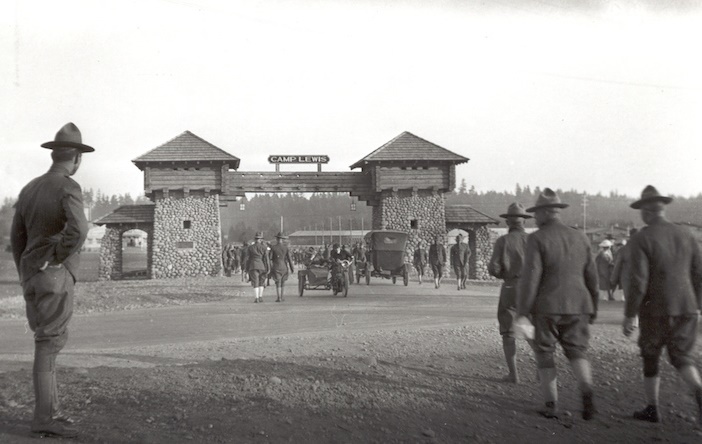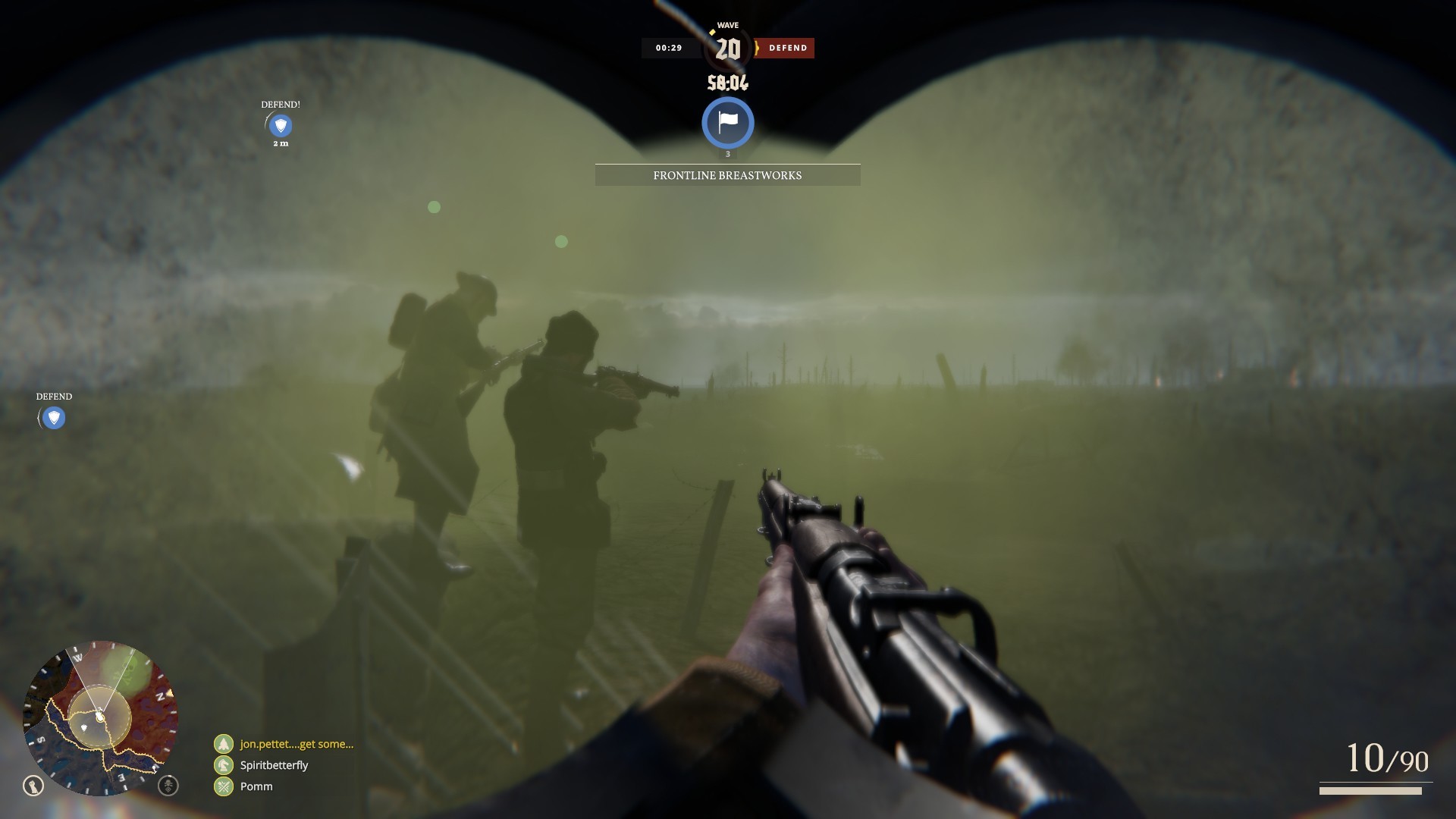
Jan 27, 2021
Verdun - Wilson
New seasonal event with new medals!
The Winter War 1915 campaign is starting soon - battle will be joined this Thursday 28th! All fallen soldiers will be tracked throughout the event, except for fights only involving bots. Kills will only be counted when a player is involved. It is not required to serve one side during the entire campaign. But surely you'll still be inclined to pick a side? The amount of kills earned by each faction can be seen on the main menu. You can earn special medals during this event. All you have to do is to participate in the battles of Verdun to earn one! You can upgrade your medal by fighting battles in Tannenberg as well - if you fight 5 battles in both games, you'll earn the gold medal! You have until February 4th to do so...
https://store.steampowered.com/app/633460/Tannenberg/
A little history
On the Western Front, January 1915 also saw mountain warfare centered on the Hartmanswillerkopf peak in the Vosges mountains. German and French troops fought intermittently from 1914-1916 to control the heights, which offered both sides potential observation of strategic railways. The operations were costly (though nowhere near as brutally harsh as in the Carpathians) and troops were often pulled from the Hartmanswillerkopf conflict to reinforce other areas of the front. Ultimately both sides would go on to accept a stalemate in early 1916, and the situation became stable until 1918.
Photograph from the summit of Hartmanswillerkopf in 1915.
Good luck out there!

























